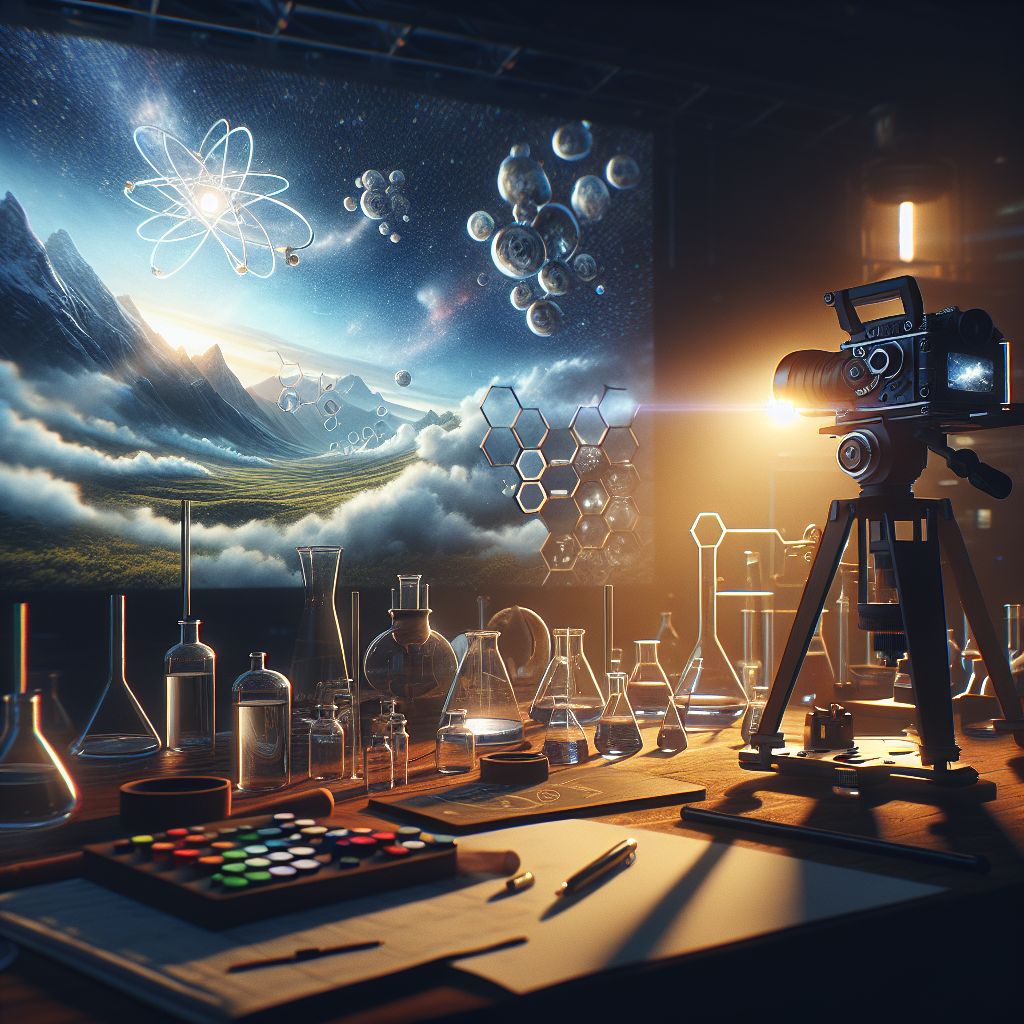Exploring the Relationship Between Lunar Metal Welding and Internal Defects through an Integrated Computational Materials Modelling Framework
-
Table of Contents
- Exploring the Relationship Between Lunar Metal Welding and Internal Defects through an Integrated Computational Materials Modelling Framework
- The Significance of Lunar Metal Welding
- The Challenge of Internal Defects
- An Integrated Computational Materials Modelling Framework
- Case Study: Simulating Lunar Metal Welding
- Key Takeaways
Exploring the Relationship Between Lunar Metal Welding and Internal Defects through an Integrated Computational Materials Modelling Framework
As humanity continues to explore the vastness of space, the need for advanced materials and manufacturing techniques becomes increasingly important. One area of particular interest is lunar metal welding, which holds the potential to revolutionize space exploration and colonization. However, the process of lunar metal welding is not without its challenges, particularly when it comes to internal defects. In this article, we will delve into the relationship between lunar metal welding and internal defects, and how an integrated computational materials modelling framework can help overcome these challenges.
The Significance of Lunar Metal Welding
Lunar metal welding refers to the process of joining metal components on the lunar surface. This technique is crucial for constructing habitats, infrastructure, and even spacecraft on the Moon. By utilizing local resources, such as lunar regolith and metals, the need for transporting materials from Earth can be significantly reduced, making space exploration more sustainable and economically viable.
However, lunar metal welding is not a straightforward process. The unique lunar environment, characterized by low gravity, extreme temperature variations, and the absence of an atmosphere, poses numerous challenges. One of the most significant challenges is the occurrence of internal defects during the welding process.
The Challenge of Internal Defects
Internal defects, such as porosity, cracks, and inclusions, can significantly compromise the structural integrity and performance of welded components. These defects can lead to catastrophic failures, rendering the welded structures useless. Therefore, understanding and mitigating internal defects is of utmost importance for successful lunar metal welding.
Traditionally, the study of internal defects in welding has relied on experimental techniques, which are time-consuming, expensive, and often limited in their ability to provide detailed insights. However, with the advent of computational materials modelling, a new approach has emerged.
An Integrated Computational Materials Modelling Framework
An integrated computational materials modelling framework combines various computational techniques, such as finite element analysis, molecular dynamics simulations, and phase-field modelling, to simulate and predict the behavior of materials during the welding process. By integrating these techniques, researchers can gain a comprehensive understanding of the relationship between lunar metal welding and internal defects.
Through this framework, researchers can simulate the entire welding process, from the initial heating and melting of the metal components to the solidification and cooling stages. By accurately capturing the physics and chemistry involved, the framework can predict the formation and evolution of internal defects, providing valuable insights for process optimization and defect mitigation.
Case Study: Simulating Lunar Metal Welding
To illustrate the power of an integrated computational materials modelling framework, let’s consider a case study where researchers simulated the welding of lunar metal components.
Using a combination of finite element analysis and molecular dynamics simulations, the researchers were able to accurately predict the temperature distribution, phase transformations, and defect formation during the welding process. By adjusting various welding parameters, such as heat input and welding speed, the researchers could optimize the process to minimize the occurrence of internal defects.
Furthermore, the researchers used the framework to explore the effect of different lunar metal compositions on defect formation. By analyzing the atomic-level interactions between different metal alloys, they could identify compositions that were more resistant to defect formation, leading to stronger and more reliable welds.
Key Takeaways
- Lunar metal welding is crucial for sustainable space exploration and colonization.
- Internal defects pose a significant challenge in lunar metal welding.
- An integrated computational materials modelling framework enables the simulation and prediction of internal defects.
- By optimizing welding parameters and exploring different metal compositions, internal defects can be minimized.
In conclusion, the relationship between lunar metal welding and internal defects is a complex one, but through the use of an integrated computational materials modelling framework, researchers can gain valuable insights and overcome these challenges. By optimizing the welding process and exploring different metal compositions, we can pave the way for a future where lunar metal welding becomes a reliable and efficient technique for space exploration and colonization.





